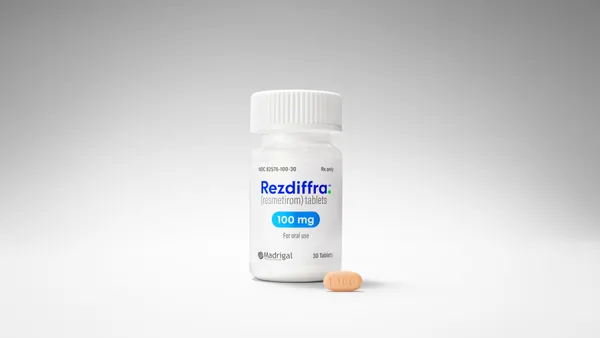Publication planning has long been a critical pillar in the marketing of a new drug, defining key mes sages, audiences, and journals. But what gives the publication program the power to change minds and prepare markets is its underlying scientific rationale and the corps of thought leaders who give scientific messages a voice at the lecture podium, translating evidence into action. Therefore, scientificmessage development, publication planning, and thoughtleader rela tionship building must be approached as an integrated process. The challenge is to estab lish the underlying rationale of a product, effec tively enlist thought leaders as articulate cham pions, and get physicians ready for messages even before the data are ready. And then, deliver a focused message while respecting the integrity and independence of thought leaders. Anatomy of a Message Because the publication plan plays a foun dational role, with sustained influence across the life of the product, it must incorporate a deep scientific rationale to give it lasting power beyond ephemeral market positioning. To begin the development of the “scientific mes sage platform”, marketers are advised to dis sect each proposition to reveal its anatomy, that is, its inner structure, associations and dependencies. For example, what makes it tick? How strong is the clinical evidence? How does it challenge current practice? How does it reflect the unmet needs, frustrations and aspi rations of practicing physicians? The Competitors’ Footprint Once the scientific message platform has been vetted and refined by representative thought leaders, the next step is to create the publication plan. This begins by bench marking the existing literature and taking measure of the message footprint of the competition. Marketers need to evaluate how much the entire message space is con trolled by the competition and what publica tion firepower is needed to be heard over the noise within each message segment. The publication plan must never become a sterile, clerical exercises, but rather a dynamic, ongoing process fueled by new evidence and messages, an order of battle for marching ideas across the minds of thought leaders and the rank and file who follow. Messages require a committed voice. In short, the ultimate deliverable is not words on the page of a clinical journal, but scientific conclusions, spoken persuasively by credible thought leaders. Drivers of Success Convincing thought leaders to take the message into the “market of ideas” is the next component. For the most part, these individuals are vectors for imparting infor mation, not visionaries. The thought leader is someone who is highly connected, who understands the real world and the forces aligned against change, and who has the credibility and political savvy to make change happen. What is the appropriate role of thought leaders in taking the message to the market, especially in light of the increased scrutiny over pharmaceutical marketing practices? MEDICAL EDUCATION AND COMMUNICATION COMPANY ISSUES INTERNATIONAL MEETINGS & SCIENCE (IMSCI), Stamford, Conn., a division of Grey Healthcare Group, is a fullservice medical education and communications company with core competencies in market conditioning, including thought leader advocacy development and mobilization; scientific dissemination via congress optimization and strategic publi cations planning; and speakersbureau management. For more information, call 2039051200, or visit www.aboutim Strategic Integration: Messages, Minds, and Market Readiness and the scientificmessage platform form a kind of double helix, linked in sync, like strands of DNA, templates for imparting information. Donald Stewart Chief Marketing Officer
An article from


Strategic Integration: Messages, Minds, and Market Readiness
Filed Under:
Commercialization








